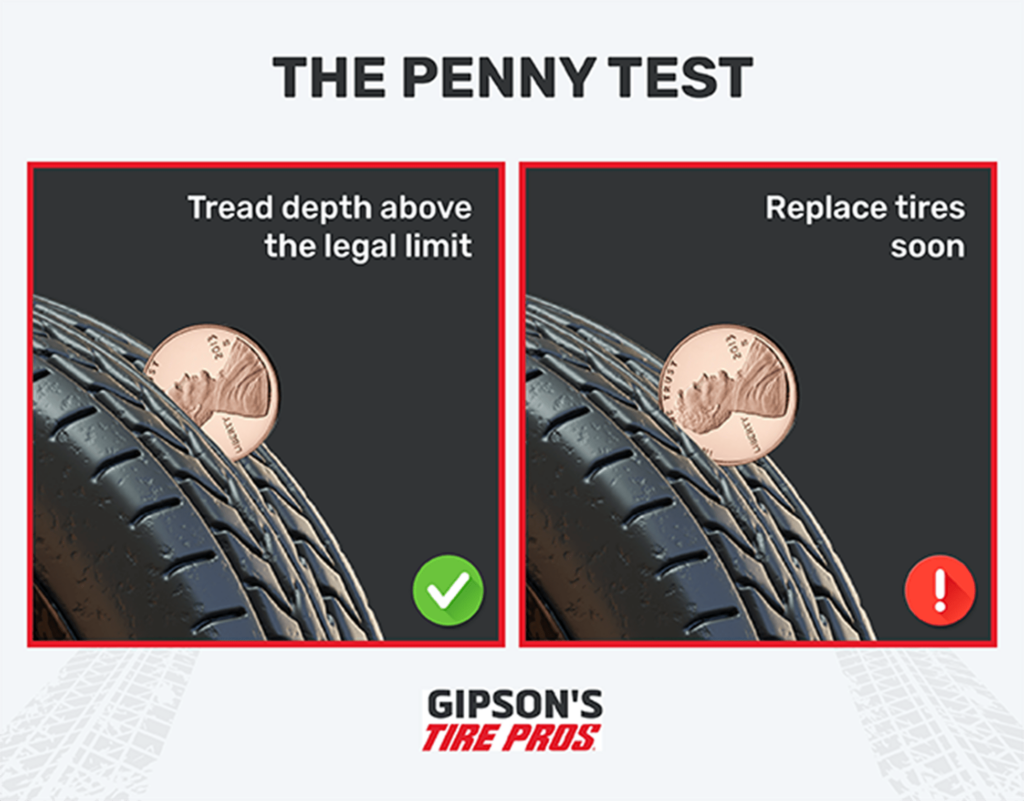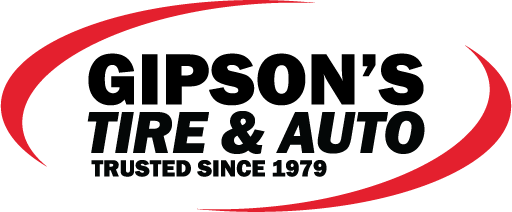Ensuring your tires are in good condition is essential for your safety on the road. This post provides insights on how to recognize when your tires are too old and need replacement.
The Importance of Changing Tires
Proper tire maintenance is critical for your safety while driving. New tires typically last at least three to four years, with variation depending on the tire’s make and model. Regular checks are advisable to identify issues affecting your tire’s lifespan. It’s crucial to prioritize tire longevity, especially given the safety risks of driving on worn-out or damaged tires.
How to Assess Your Tires’ Age
Determining your tires’ age is vital for ensuring their safety and performance. Here are five methods to evaluate your tires’ age:
- DOT Number: Check the DOT number on the tire’s sidewall, which indicates the date of manufacture. Tires older than six years require close monitoring, with replacement necessary for those over ten years due to rubber degradation.
- Signs of Aging: Inspect your tires for signs of aging, such as cracks, bulges, or tread separation.
- Professional Inspection: When in doubt, consult a professional for a comprehensive assessment and recommendations.
- Owner’s Manual: Review your vehicle’s owner’s manual for guidance on when to replace tires based on age or wear.
- Driving Habits: Consider your driving habits, as frequent exposure to extreme conditions can accelerate tire wear.
Understanding Tread Depth and Wear Patterns
Monitoring tread depth and wear patterns is key to assessing your tires’ condition. Follow these tips:
- Check Tread Depth Regularly: Measure tread depth using a gauge or the ‘penny test.’ Inadequate depth indicates the need for replacement.
- Identify Uneven Wear Patterns: Uneven wear may suggest alignment or suspension issues, warranting professional inspection.
- Watch for Bald Spots: Bald spots can signal inflation or alignment problems, affecting tire lifespan.

Proper Tire Maintenance and Storage
Maintaining and storing tires correctly is essential for longevity. Follow these guidelines:
- Regularly Check Tire Pressure: Proper inflation improves safety and extends tire lifespan. Consult your vehicle manual or manufacturer recommendations.
- Inspect for Damage: Regularly check for cuts, punctures, bulges, and other damage that can compromise safety.
- Rotate Tires: Follow the owner’s manual’s recommended rotation schedule for even wear.
- Store Tires Properly: If storing tires for an extended period, keep them in a cool, dry, and dark location away from sunlight, heat, chemicals, or gasoline. For unmounted tires, store them vertically and inflate to recommended pressure.
- Use Quality Tire Cleaners: Maintain tire appearance with suitable tire cleaners to avoid damage.
Maintain Your Tires
Prioritize tire safety by ensuring your tires are in top shape. Visit Gipson’s Tire & Auto to have your tires inspected by experienced mechanics, offering a range of tire services including inspections, replacements, and repairs. Our well-equipped service bays and skilled technicians guarantee your safety on the road.


